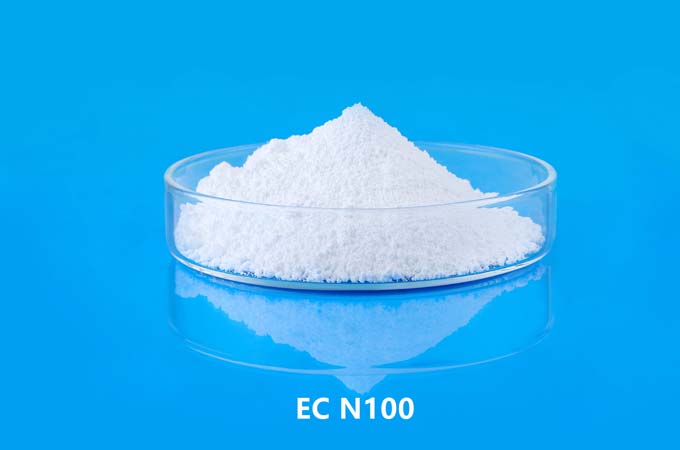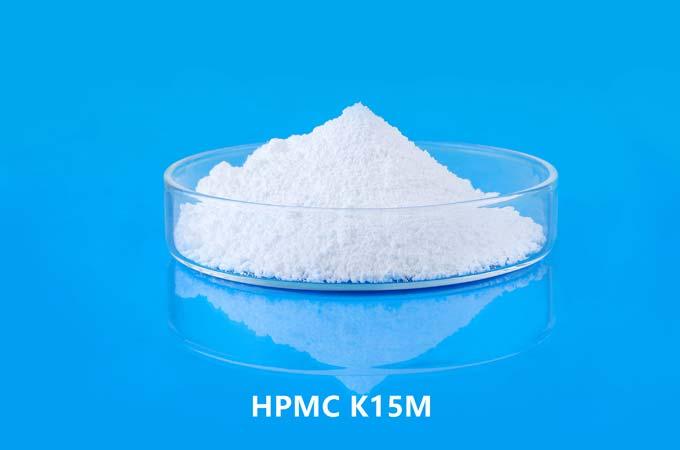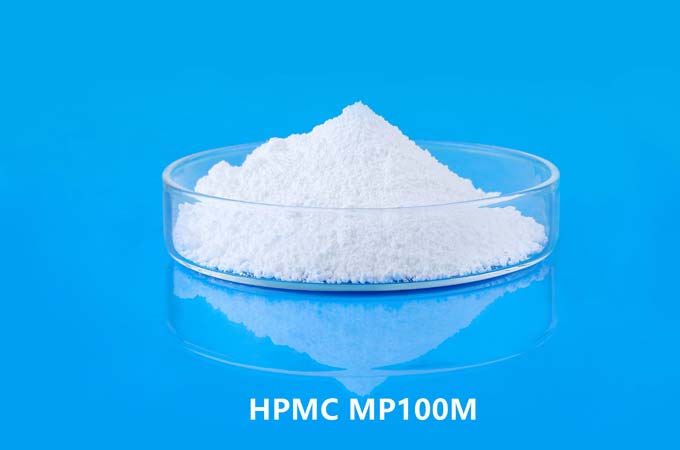Hydroxypropyl methylcellulose (HPMC) is a versatile compound used in various industries, including pharmaceuticals, construction, food, cosmetics, and more. It's synthesized from natural polymers, primarily cellulose, through a series of chemical reactions.
Cellulose:
Cellulose is the primary raw material for manufacturing HPMC. It's the most abundant organic compound on Earth, found in the cell walls of plants, particularly in wood and cotton. Cellulose consists of long chains of glucose molecules linked together by β(1→4) glycosidic bonds.
Propylene Oxide (PO):
Propylene oxide is a vital raw material used in the production of HPMC. It's an organic compound with the molecular formula CH3CHCH2O. Propylene oxide is produced by the chlorohydrin process or the oxidation of propylene with hydrogen peroxide. In the synthesis of HPMC, propylene oxide undergoes a chemical reaction with cellulose to introduce hydroxypropyl groups onto the cellulose backbone.
Methyl Chloride:
Methyl chloride, also known as chloromethane, is another essential raw material in the synthesis of HPMC. It's an organic compound with the formula CH3Cl. Methyl chloride is typically produced by the reaction of methane with chlorine gas. In the production of HPMC, methyl chloride reacts with cellulose to introduce methyl groups onto the cellulose backbone.
Sodium Hydroxide (NaOH):
Sodium hydroxide, commonly known as caustic soda, is a crucial chemical reagent in the synthesis of HPMC. It's an inorganic compound with the chemical formula NaOH. Sodium hydroxide is used as a catalyst in the reaction between cellulose, propylene oxide, and methyl chloride to facilitate the substitution of hydroxyl groups in cellulose with hydroxypropyl and methyl groups.
Hydrochloric Acid (HCl):
Hydrochloric acid is utilized in the synthesis of HPMC primarily for pH adjustment during various stages of the reaction. It's an inorganic compound with the formula HCl. Hydrochloric acid is added to control the reaction conditions and ensure the proper substitution of hydroxyl groups on the cellulose backbone with hydroxypropyl and methyl groups.
Water:
Water serves as a solvent and a medium for the chemical reactions involved in the production of HPMC. It's used in various stages of the synthesis process, including dissolution of cellulose, dilution of reagents, and purification of the final product. Water is crucial for maintaining the reaction conditions and ensuring the proper dispersion of reactants.
Solvents (Optional):
In some cases, organic solvents such as ethanol or isopropanol may be used in the production of HPMC to aid in the dissolution of cellulose or other reactants. These solvents can help improve the efficiency of the reaction and facilitate the formation of homogeneous reaction mixtures.
Catalysts and Additives (Optional):
Depending on the specific manufacturing process and desired properties of the final product, various catalysts and additives may be employed. These could include acids, bases, surfactants, or other chemicals to control the reaction kinetics, improve product quality, or impart specific functionalities to the HPMC.
Hydroxypropyl methylcellulose (HPMC) is synthesized from cellulose, propylene oxide, methyl chloride, and other chemicals through a series of chemical reactions catalyzed by sodium hydroxide and hydrochloric acid. Water serves as a solvent and medium for the reactions, while additional solvents, catalysts, and additives may be used to enhance the process and modify the properties of the final product. The raw materials and their synthesis into HPMC demonstrate the complex chemical processes involved in manufacturing this versatile compound.
 English
English 日本語
日本語 français
français Deutsch
Deutsch Español
Español italiano
italiano русский
русский português
português العربية
العربية Türkçe
Türkçe Nederland
Nederland



